Creative Strategy & Research: Unlock App Success with Data
Discover what truly motivates users and create impactful strategies with Kurve’s proven approach to creative research and messaging.
Award Winning App Growth
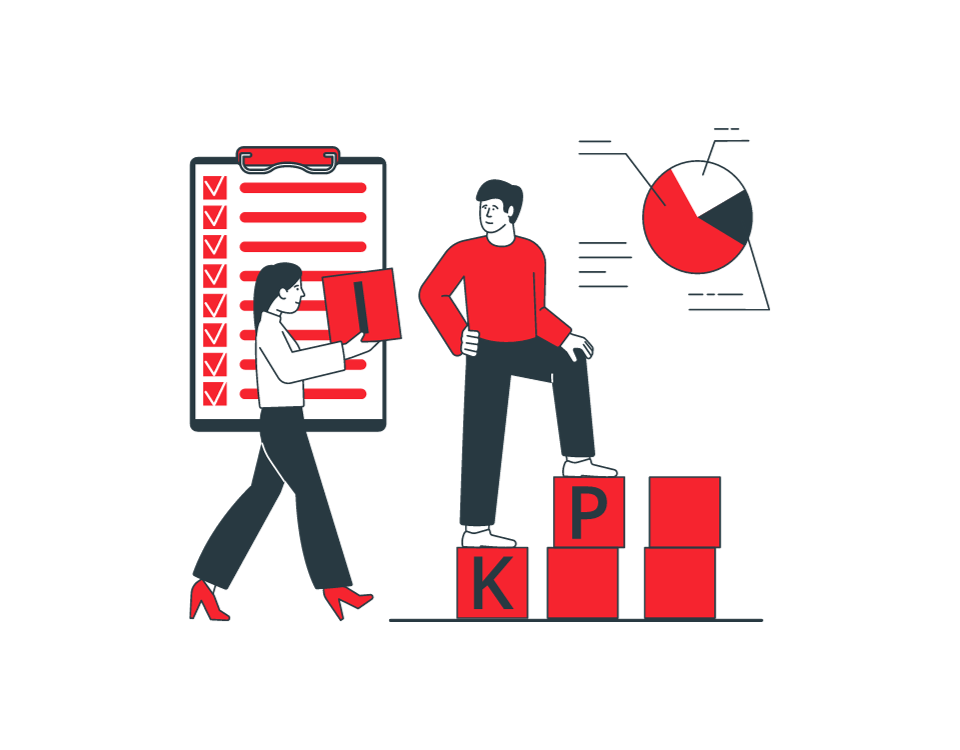
10x Your App Marketing Strategies
Achieving impactful app growth requires a combination of innovative strategies, data-driven execution, and expert messaging development. Kurve’s Creative Strategy & Research service blends qualitative insights and quantitative data to uncover user motivations, refine messaging, and build strategies that drive measurable results.
Our proprietary frameworks, tailored research methodologies, and customer-focused approach ensure your app marketing strategies are as unique as your audience. From persona development to iterative testing, we help brands craft narratives that resonate and inspire action.
Our Clients
Why Choose Kurve for Paywall Optimisation and Growth Stacks?
→ Data-Driven, High-Impact Campaigns That Deliver Results
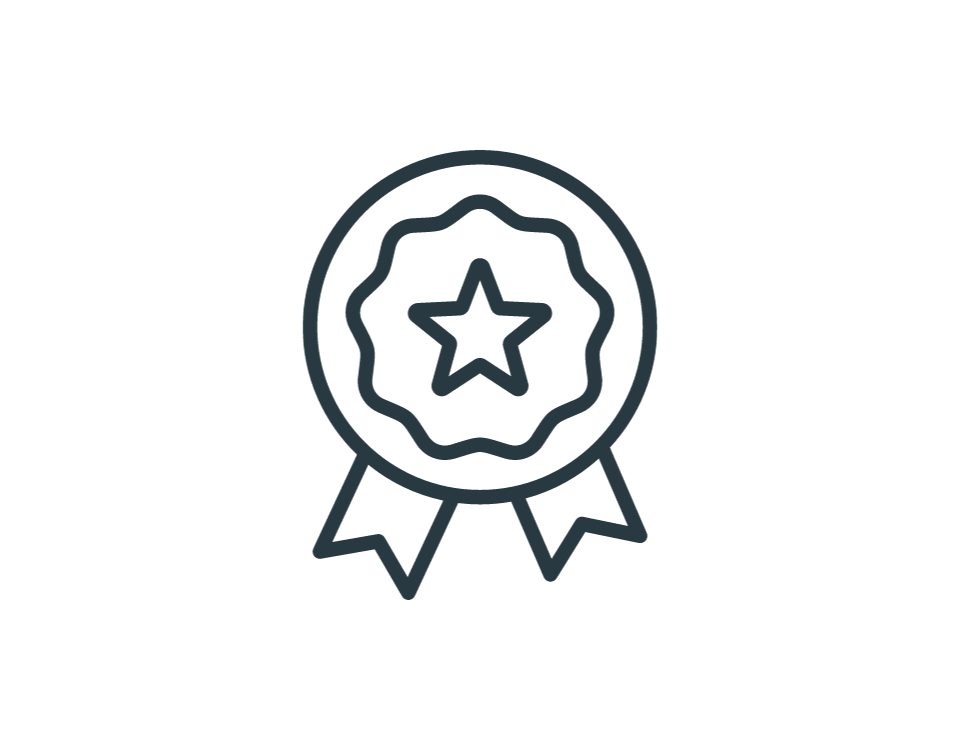
Insight-Driven Strategies for Lasting Impact
Our data-backed approach ensures strategies that resonate with users and drive measurable results.
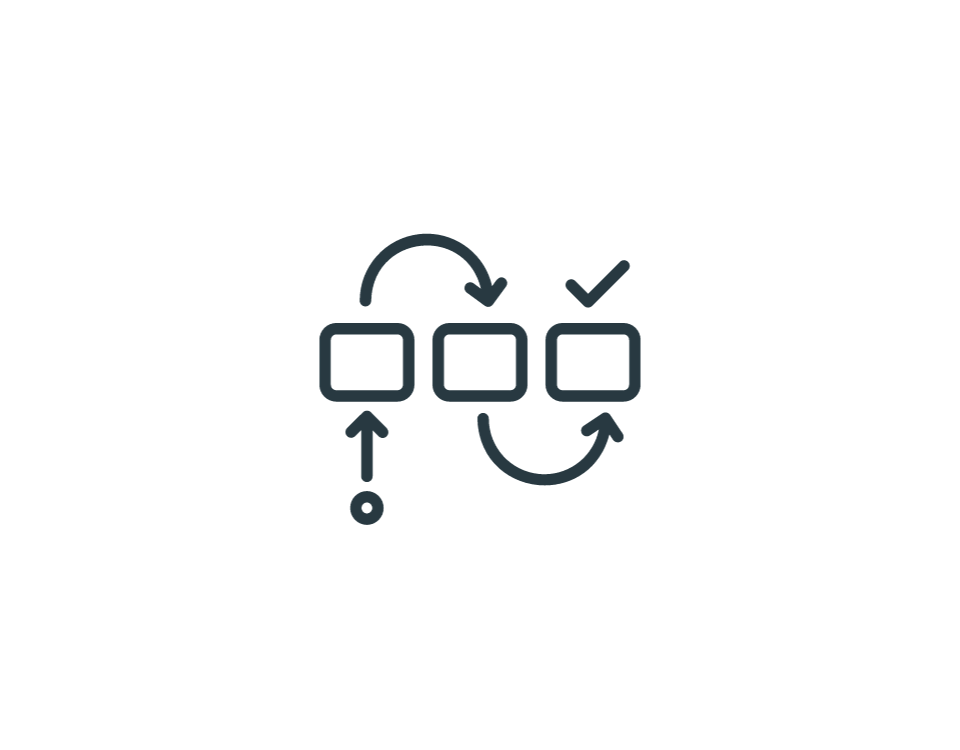
Expertise Across Industries and Verticals
With proven success in fintech, health, and lifestyle apps, we adapt our expertise to your niche
.png?width=1024&height=756&name=Viral%20Content%20Potential%20(2).png)
Proprietary Frameworks for Competitive Differentiation
Our unique methodologies give your app a strategic edge in crowded markets.
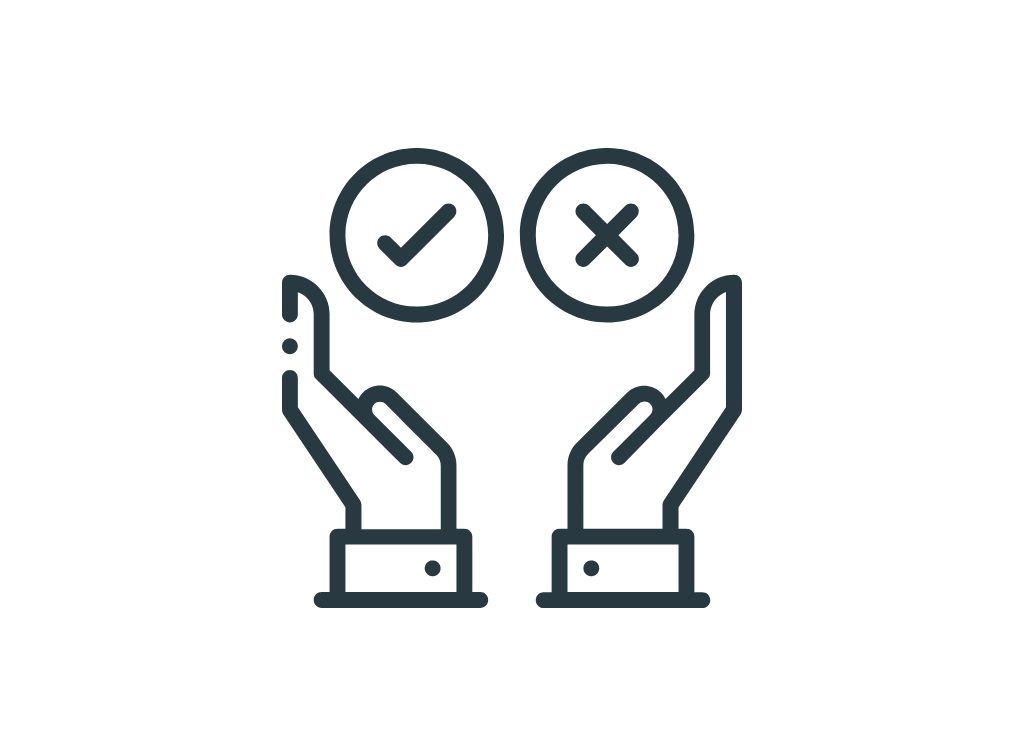
Proven Success Stories
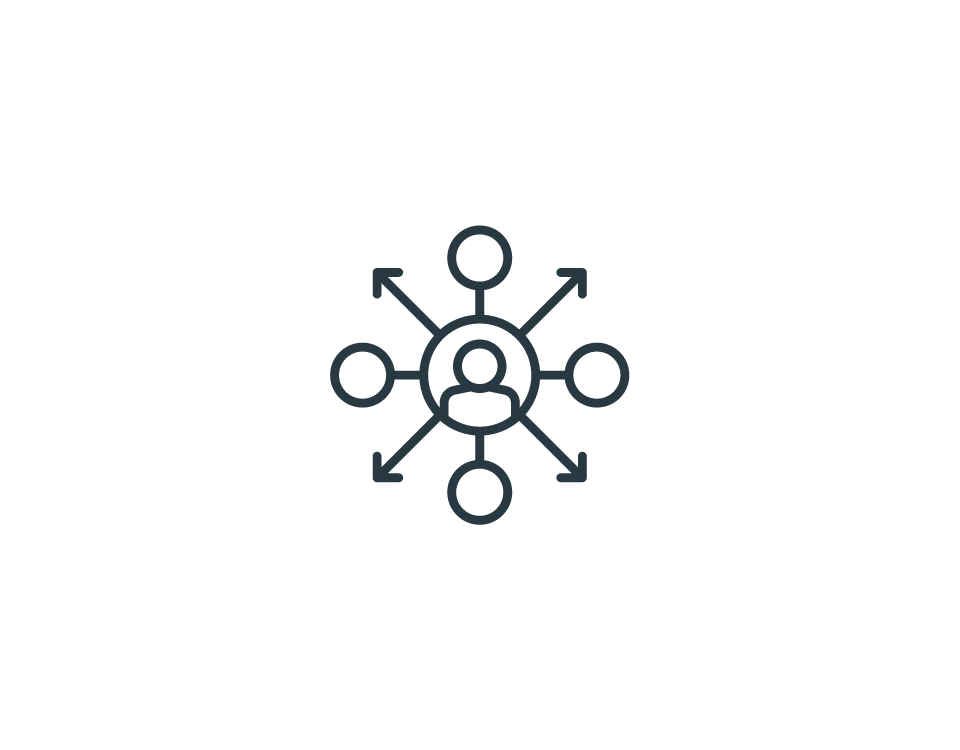
Tailored Solutions for Diverse Marketing Challenges
We create custom strategies that address your app’s unique goals and audience needs.
Our Creative Strategy & Research Process
Strategic Campaigns Built to Scale Your App
Step 1: Market & Competitor Analysis
Uncover gaps and opportunities in your niche while benchmarking against competitors to refine positioning.
Example: For a fintech app, we identified a competitor's weak onboarding process and optimized user flows to increase retention by 30%.
Step 2: User Interviews & Persona Development
Conduct 1:1 interviews with top users to uncover emotional drivers, pain points, and aspirations, and develop personas to guide messaging and design.
Example: For a health app, interviews revealed users’ concerns about privacy, leading to tailored messaging that emphasized secure data handling and improved trust.
Step 3: Messaging Strategy
Leverage Kurve’s proprietary messaging framework to align with user emotions and motivations, and test messaging across platforms for maximum impact.
Example: For a lifestyle app, we crafted messaging around “minimalist living,” resulting in a 40% increase in ad engagement on Instagram.
Step 4: Creative Concept Testing
A/B test visuals, copy, and creatives to identify winning elements and align creative direction with personas and market insights.
Example: For a gaming app, we tested two video ad styles, leading to a 50% higher CTR with action-focused creatives.
Step 5: Customer Journey Mapping
Optimize app touchpoints based on research-driven insights to create a seamless user experience.
Example: For an education app, mapping the user journey highlighted a weak onboarding stage, and streamlining it led to a 20% increase in course sign-ups.
Step 6: Iterative Refinement
Monitor performance and refine strategies continuously to meet evolving user needs and market conditions.
Example: For an e-commerce app, ongoing A/B testing of push notifications improved click-through rates by 25% over three months.
Case studies

BackThen
BackThen partnered with Kurve to overcome a plateau and skyrocket their user base from 600,000 to...

Sweatcoin
Kurve played an instrumental role in making Sweatcoin the fastest-growing health and fitness app in...

Tree Card
Kurve leveraged TikTok SparkAds to drive a 1,027% increase in Treecard app installs and reduce...
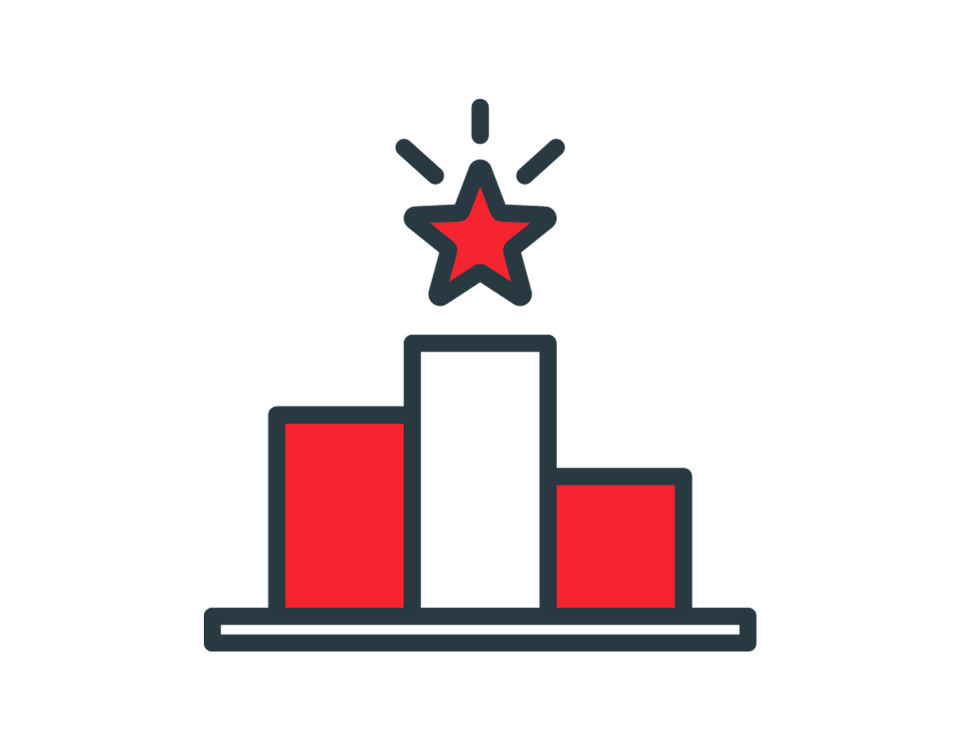
Why Your App Needs Creative Strategy & Research?
Drive Installs, Engagement, and Revenue with Precision
- Understand Your Audience: Discover user motivations, pain points, and aspirations to craft strategies that resonate.
- Refine Messaging: Align narratives with user emotions and market realities.
- Increase Engagement: Use data-driven insights to create impactful campaigns.
- Stay Competitive: Tailor strategies to your unique audience and industry challenges.

Cem Eyi
Co-Founder, Beanstalk
Working with Kurve on TikTok influencer outreach has been great. We are targeting the “mumtok” sphere to introduce Beanstalk – our award winning Junior ISA app. Kurve’s outreach strategy, onboarding of talent and managing of paid media were all instrumental in helping make the channel successful for us.

Bogdana Orzu
Growth Campaign Manager, Sweatcoin
The testing and scaling we did with Kurve really validated our channels, and we’re really looking forward to accelerating this going forward.

Jamie Cox
Co-founder & CEO, Treecard
Results have been astonishing, and orders of magnitude better than other agencies we’ve worked with.
Ready to Discover What Drives Your Users?
Contact Kurve today to explore how creative strategy & research can elevate your app’s performance.
Frequently Asked Questions
Our blend of qualitative research, quantitative insights, and proprietary frameworks ensures strategies that truly resonate with users.
We combine customer interviews, empathy mapping, and trend analysis to extract meaningful insights and craft data-backed strategies.
Our expertise spans fintech, health, education, lifestyle, and more, with solutions tailored to each industry.
We focus on growth frameworks that are adaptable to evolving user needs and market trends, enabling sustainable and scalable app growth.
We leverage key performance indicators (KPIs) aligned with your business goals, such as user retention, engagement, and conversion rates, to ensure measurable impact.
Ready to Elevate Your App’s Growth?
-

Samuel Olsson
App Growth Specialist

Sweatcoin’s successful growth strategy
Business growth comes from product traction, market appeal, and further growth potential. Working with Kurve helped Sweatcoin become the Number 1 Health and Fitness app in the UK and the fastest-growing Health and Fitness app in history.

App Growth Awards Winners
The App Growth Awards are the global barometer for app growth and marketing excellence, celebrating innovation and success within the industry. Kurve was awarded winner in the category App Marketing Agency of the Year 2023.

Shorty Impact Awards Winners
The Shorty Impact Awards are an international program that celebrates organisations making the world a better place. Kurve’s submission was shortlisted in the TikTok category – alongside industry giants Al Jazeera English TikTok and TEDToks – and won the Silver Honor prize. Read our full submission and learn more about how we can help your business make a positive impact in the world: Kurve x Treecard: TikTok for Green Impact.
An App Growth Team
We specialise in mobile app growth from technical setup through to app ads.
Experimentation & Deep-Dives
Fast experiment-based marketing that dives deep into the data.
Unlimited Access
Through email and Slack messaging, we provide tailored support to you within 1-3 hours, 365, 24/7.
Ongoing Support
Weekly reports and check-in calls with the full team to avoid bottlenecks.





























